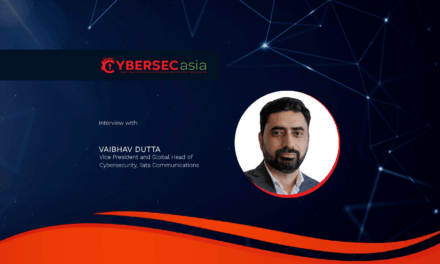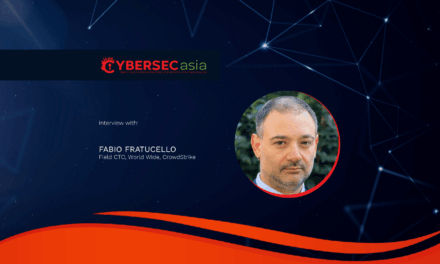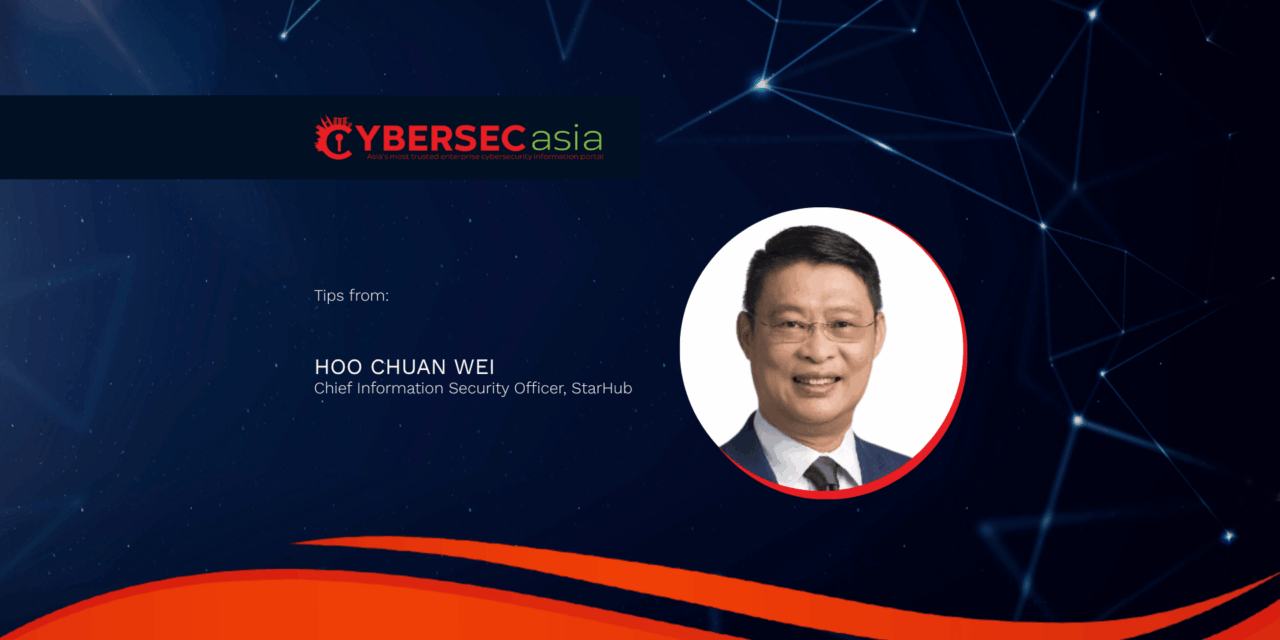Too many security tools create complexity and risk: CISOs should focus on risk-based selection, scope control, collaboration, and consolidation.
Today’s CISOs today are no longer struggling with too few solutions — but from too many.
Every product is branded as “AI-powered”. Every platform promises “end-to-end” protection.
Yet more tools may not mean more security. In fact, many CISOs know that “tool sprawl” increases risk by creating blind spots, integration gaps, and operational drag. Complexity, it seems, has become the new vulnerability.
In this noisy, overcrowded landscape, even seasoned teams risk losing focus — or worse, overspending on overlapping technologies that add cost without strengthening defenses.
How can security leaders cut through the noise and make smarter, more strategic investments?
Strategies to manage tool sprawl
Here are five thought-starters to help CISOs and business leaders sharpen their decision-making and build security strategies that truly protect – not just perform.
- Start with the risk, not the tool
The most important question in any procurement is not “What can this tool do?”, but “What risk are we addressing?” Anchor every decision to a specific threat scenario or compliance requirement. Every tool needs to be evaluated through the lens of confidentiality, integrity, and availability. If a solution does not clearly strengthen one of these pillars, it does not make the shortlist. Clarity of risk ensures that security investments are grounded in purpose, not marketing claims.
- Contain scope creep
Scope creep is the silent killer of cybersecurity returns on investments. What begins as a single-module evaluation often expands into an overbuilt, underutilized ecosystem. Be ruthless about defining the minimum viable scope. Let business value, not vendor urgency or fear, shape the roadmap. As a guiding principle: do not spend $5 to protect a $2 asset. Every additional layer of protection should be justified by measurable risk reduction, not theoretical threats.
- Co-own architecture with the CIO
Security and IT can no longer operate in silos. Architecture decisions must be co-designed, not retrofitted. Establish shared frameworks early, conduct joint reviews, and align on core platforms from the start. When CISOs and CIOs move in lockstep, integration improves, visibility expands, and total cost of ownership drops. A unified architecture turns cybersecurity from a cost center into a business enabler.
- Design for humans, not just systems
Technology alone does not secure a business: people do. Involve end users early when introducing new tools, and explain why the change is necessary. Empathy reduces resistance, and design grounded in human behavior fosters adoption and reduces shadow IT. The best security design is human-centric: intuitive, empathetic, and easy to adopt.
- Turn vendors into partners, not just providers
In a market full of buzzwords, transparency is your best filter. Be upfront about your objectives and constraints. Ask potential cyber tool vendors to demonstrate measurable outcomes, not just features. Hold quarterly business reviews and treat them as strategic collaborators, not transactional suppliers. The best vendors do not just sell: they co-create, adapt, and evolve with your business needs.
Tool consolidation is key
Cybersecurity leaders today need to move beyond simply buying more disparate tools to a strategy of consolidating and orchestrating the right ones.
In a landscape flooded with options and noise, clarity is the real competitive advantage. Fewer tools and better alignment will deliver sharper insights, lower costs, and smarter outcomes.


















